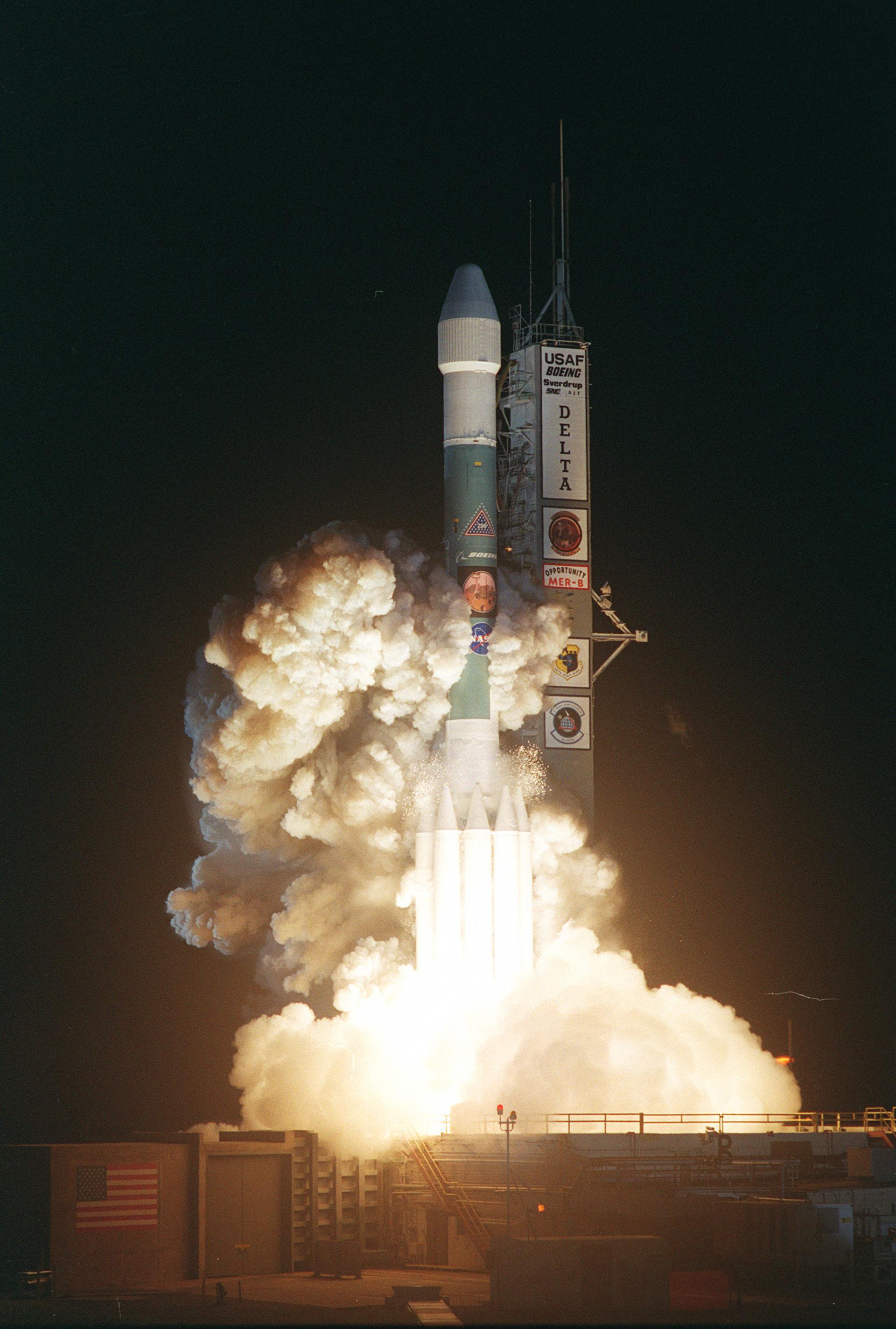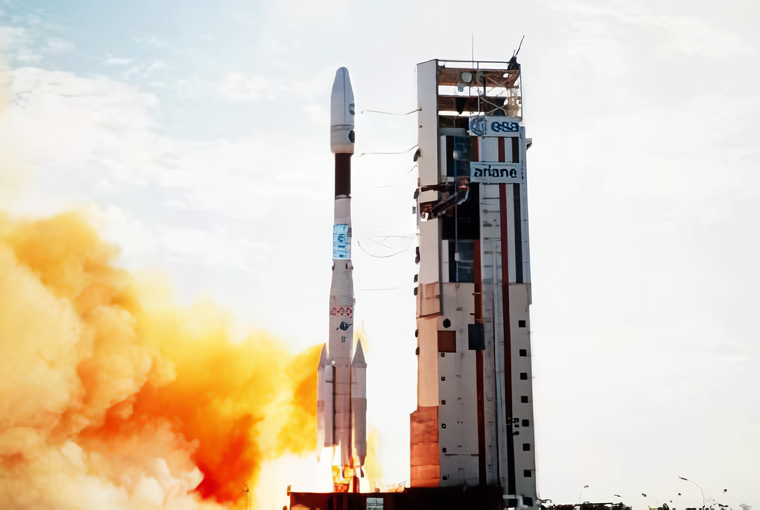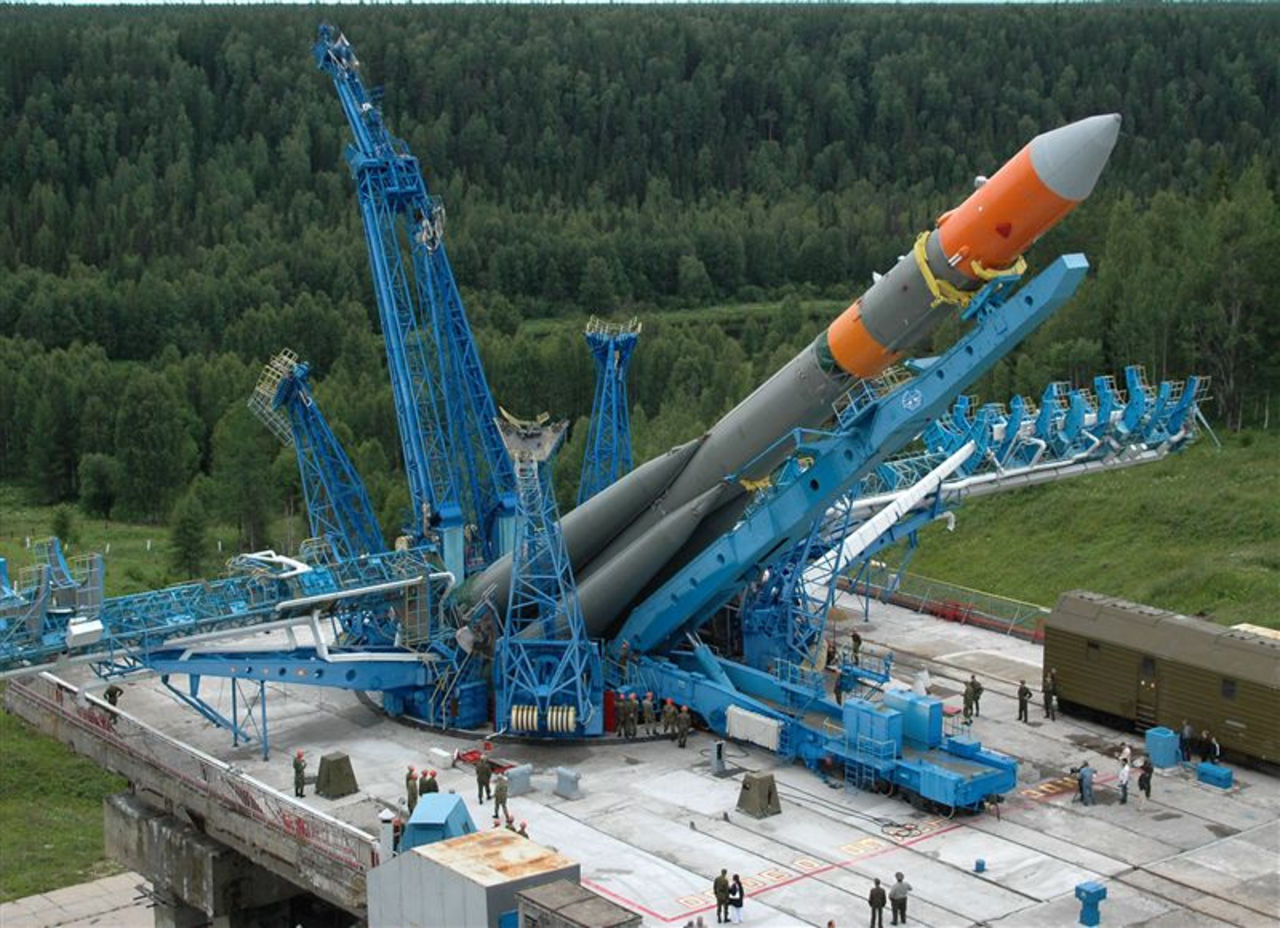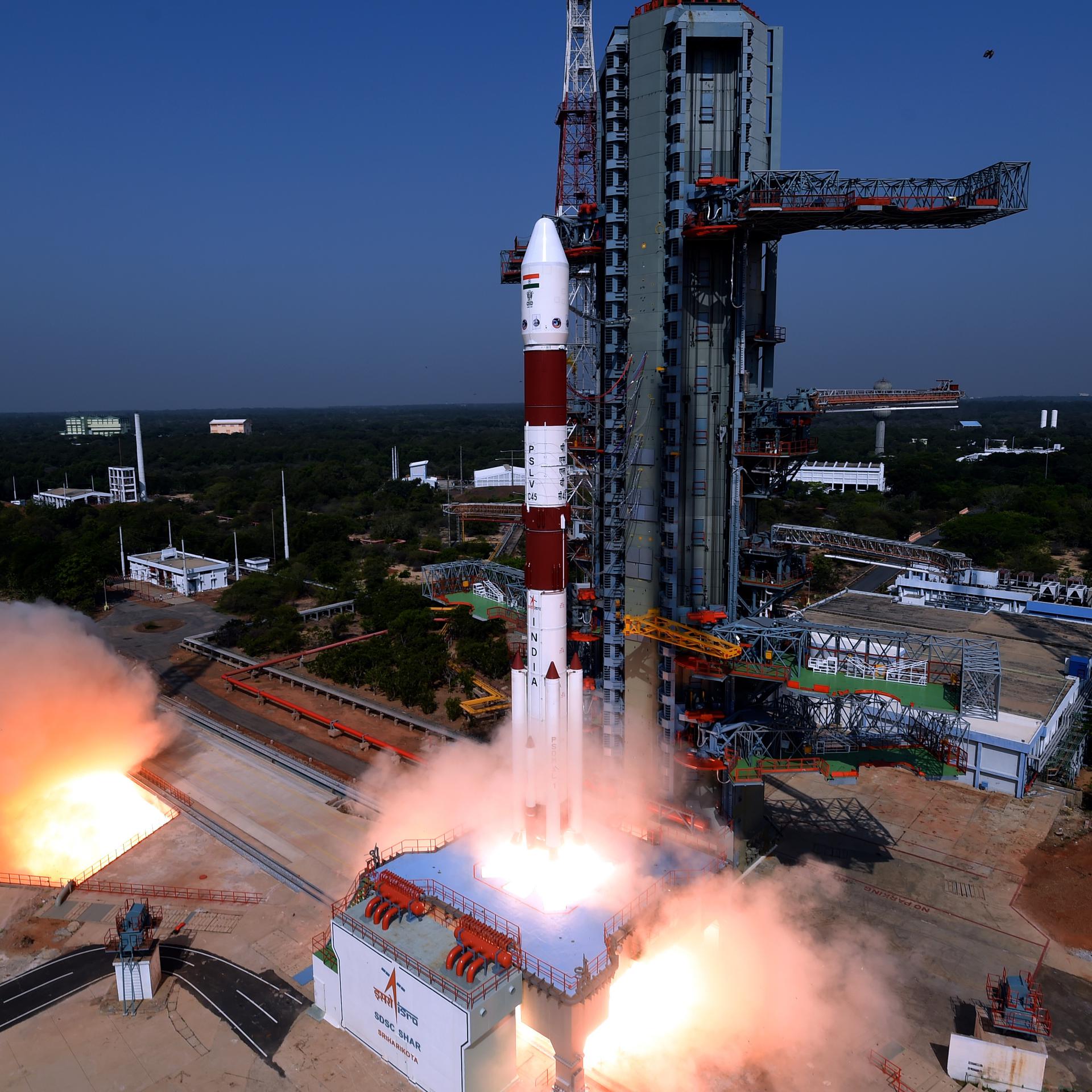Previous Spaceflight Launches
Filter by Agency, Locations or Vehicles
Show All LaunchesDelta II | Jason
United Launch Alliance | United States of AmericaVandenberg SFB, CA, USA
Dec. 7, 2001, 3:07 p.m.
Status: Launch Successful
Mission:
Jason-1 is the first follow-on to the highly successful TOPEX/Poseidon mission that measured ocean surface topography to an accuracy of 4.2 cm, enabled scientists to forecast the 1997-1998 El Niño, and improved understanding of ocean circulation and its effect of global climate.
High Earth OrbitSpace Shuttle Endeavour / OV-105 | STS-108
National Aeronautics and Space Administration | United States of AmericaKennedy Space Center, FL, USA
Dec. 5, 2001, 10:19 p.m.
Status: Launch Successful
Mission:
STS-108 was a Space Shuttle mission to the International Space Station (ISS) flown by Space Shuttle Endeavour. Its primary objective was to deliver supplies to and help maintain the ISS. It was the 12th shuttle flight to visit the International Space Station and the first since the installation of the Russian airlock called Pirs on the station. Endeavour delivered the Expedition 4 crew to the orbital outpost. The Expedition 3 crew returned to Earth on Endeavour.
Low Earth OrbitProton | Uragan 78, 79 & Uragan-M 1
Khrunichev State Research and Production Space Center | RussiaBaikonur Cosmodrome, Republic of Kazakhstan
Dec. 1, 2001, 6:04 p.m.
Ariane 44LP | DirecTV-4S
Aérospatiale | FranceGuiana Space Centre, French Guiana
Nov. 27, 2001, 12:35 a.m.
Soyuz-FG | Progress M1-7
Progress Rocket Space Center | RussiaBaikonur Cosmodrome, Republic of Kazakhstan
Nov. 26, 2001, 6:24 p.m.
Molniya-M | Molniya-3 64L
Russian Space Forces | RussiaPlesetsk Cosmodrome, Russian Federation
Oct. 25, 2001, 11:34 a.m.
PSLV | TES
Indian Space Research Organization | IndiaSatish Dhawan Space Centre, India
Oct. 22, 2001, 4:53 a.m.
Status: Launch Successful
Mission:
Technology Experiment Satellite (TES) is Indian remote sensing and photo-reconnaissance satellite. The 1108 kg satellite carries a one-meter resolution panchromatic camera is an experimental satellite to demonstrate and validate, in orbit, technologies that could be used in the future satellites of Indian Space Research Organisation (ISRO). It was successfully placed in 572 km Sun-synchronous orbit on 22 October 2001 using the PSLV-C3. The PSLV-C3 also injected two more satellites: PROBA, a Belgian satellite and BIRD, a German satellite.
Sun-Synchronous OrbitSoyuz U | Soyuz TM-33
Russian Federal Space Agency (ROSCOSMOS) | RussiaBaikonur Cosmodrome, Republic of Kazakhstan
Oct. 21, 2001, 8:59 a.m.
Status: Launch Successful
Mission:
Soyuz TM-33 was a visiting mission to ISS, which carried 3 cosmonauts and astronauts. Russian Commander, cosmonaut Viktor Afanasyev alongside Flight Engineer, ESA astronaut Claudie Haigneré and Flight Engineer/Spaceflight Participant, Konstantin Kozeyev launched aboard the Soyuz spacecraft on October 21, 2001, 08:59:35 UTC. They docked with the station two days later. During their stay there, crew assisted Expedition 3 members in station work. Soyuz TM-33 crew returned aboard Soyuz TM-32, landing safely back on Earth on October 31, 2001, 05:00:00 UTC.
Low Earth OrbitDelta II | QuickBird 2
United Launch Alliance | United States of AmericaVandenberg SFB, CA, USA
Oct. 18, 2001, 6:51 p.m.
Atlas IIAS | NROL-12
Lockheed Martin | United States of AmericaCape Canaveral SFS, FL, USA
Oct. 11, 2001, 2:32 a.m.
Status: Launch Successful
Mission:
The primary purpose of the SDS satellites is to relay imagery from low-flying reconnaissance satellites, notably the Keyhole optical reconnaissance and Lacrosse/Onyx radar reconnaissance satellites to ground stations in the United States.
Geostationary Orbit









